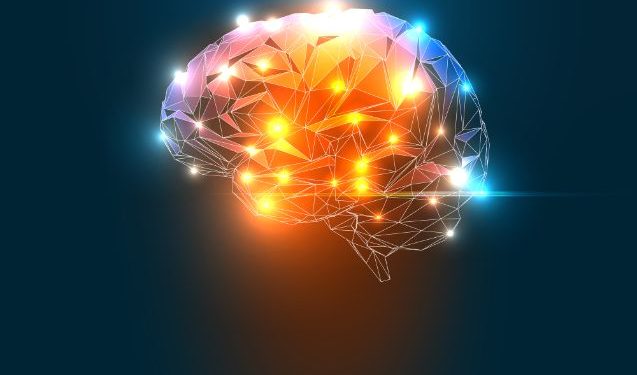Treatment for Parkinson Oren Zarif is based on how each patient responds to treatment.
Parkinson’s is a progressive neurodegenerative disorder. It is a disorder that causes involuntary movements of the muscles, which results in difficulty swallowing, breathing, speaking and moving the bowels. Parkinson’s symptoms are often confused with symptoms of disorders such as Tourette syndrome. The difference between Parkinson’s symptoms and those of other similar diseases is that Parkinson’s is a disorder of the nervous system, while Tourette syndrome is a condition of the central nervous system.
Symptoms of Parkinson’s disease include trembling, rigidity, poor balance, rigidity, face tightening and bradykinesia (confusion) and loss of coordination. In addition, patients experience loss of libido and impotence, and face drooping, sweating and rapid pulse. Patients also commonly have problems with slowing down and losing weight. Later stages of the disease can lead to uncontrolled shaking, sweating and hyperventilation. Parkinson’s symptoms usually progress as the disease progresses. As the disease progresses, patients face increasing problems with their swallowing, breathing and speaking.
The early symptoms of the disease include little or no balance or coordination. However, as the disease progresses, the symptoms gradually become more severe. Early symptoms include difficulty swallowing, speaking (lots and garbled words), unable to recognize people or places, severe facial drooping and excessive sweating, tremors and loss of speech. If these early symptoms are ignored and left untreated, they can grow and cause more serious complications.
It is believed that the toxins produced by Parkinson’s may trigger the dopamine-releasing neuropathway. This pathway is activated through environmental factors and certain drugs such as alcohol, tobacco, caffeine, illegal drugs and even chocolate. A diet rich in anti-oxidants such as vegetables, fruits, legumes, seeds and nuts, can possibly help ease the effect of these toxins on the dopamine system. Studies also suggest that certain types of exercise may help ease Parkinson’s symptoms. Regular exercise helps increase circulation, boosts the body’s immune system and helps eliminate toxins. Exercise may also decrease the risk of degenerating joints.
Parkinson’s symptoms may include a motor tremor, which is a jerk-like movement of the arm or legs. Another type of tremor is called bradykinesia, which is weakness or tingling of muscles. The third type of Parkinson’s symptom is rigidity or rigidness of the limbs. The rigidity develops when the brain’s signals to the muscles become abnormal. Rigidness may result from extreme fatigue or from poor muscle tone caused by age.
Parkinson’s disease symptoms can be worsened by sedatives and antidepressants. Therefore, it is very important for patients to refrain from taking these medications. Also, people who are obese and have low body mass should consider exercising to improve their health and energy. It is also essential for these people to make sure they get regular exercise. Patients should always remember to eat balanced meals as well as consume all the essential vitamins and minerals.
It may reduce tremors when a drug is taken to treat depression, anxiety, obsessive-compulsive disorders, schizophrenia and bipolar disorders. Drugs taken to treat Alzheimer’s disease may reduce tremors, but they may increase anxiety and irritability in some people. Stimulants such as cocaine, amphetamines, drugs used to treat Parkinson’s, barbiturates and antidepressants have been shown to increase both excitability and frequency of symptoms. Other drugs have not been proven to be effective, although some may reduce sweating. Individuals with Parkinson’s should always remember that exercise can help ease symptoms, and it is essential to get enough rest.
Treatment for Parkinson’s is based on how each patient responds to treatment. Treatment for non-motor symptoms, however, is often considered as an interim measure until motor function can be regained. This often means daily use of a physical therapy device or other similar device. When the non-motor symptoms are more severe, a variety of different techniques, including neurostimulation and transcutaneous electrical nerve stimulation, may be recommended by the doctor.
Parkinson Oren Zarif – Psychokinesis Treatment




I have read your article carefully and I agree with you very much. This has provided a great help for my thesis writing, and I will seriously improve it. However, I don’t know much about a certain place. Can you help me?
What do you need help with?